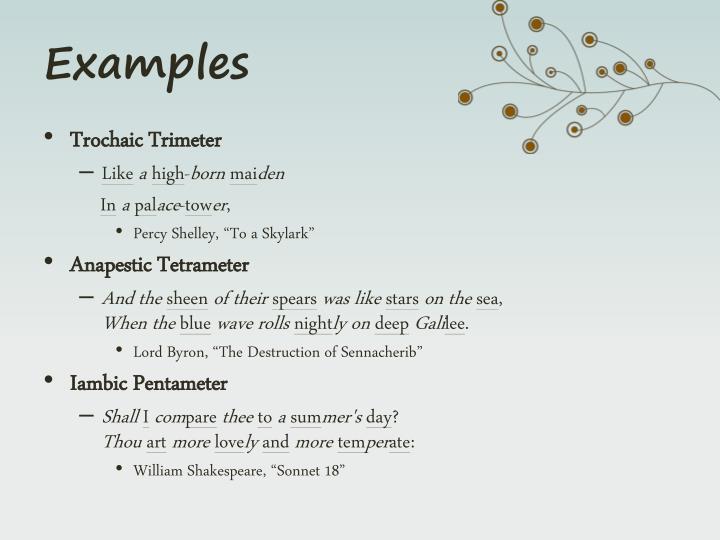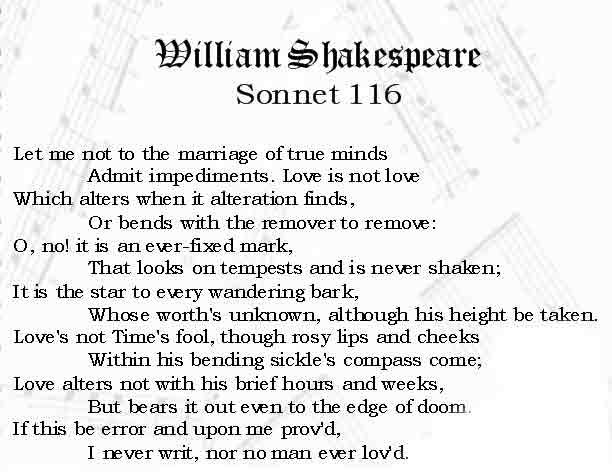

Although it’s unclear why or how the Dark Lady mistreats the speaker, it’s clear that he believes he’s unfairly abused in some way. Throughout ‘Sonnet 133,’ the poet engages with themes of relationships and abuse. This is all in an attempt to return to some sort of normalcy in regard to the speaker’s writing. Then, he thinks, the Lady can’t have the Youth without also having the speaker. The speaker eventually creates several images, attempting to protect the Youth from the Lady, confining him to his own heart. This could be an allusion to a previous relationship the Youth had with the Lady or something contemporary. He wishes that he could find a way to stop her from torturing him and his muse, the Fair Youth. In the first lines of ‘Sonnet 133,’ the speaker acknowledges the Dark Lady’s control over him and curses her heart. ’ Sonnet 133’ by William Shakespeare speaks on the speaker’s concern about the Dark Lady’s cruelty.

Perforce am thine, and all that is in me. Thou canst not then use rigour in my jail:Īnd yet thou wilt for I, being pent in thee, Whoe'er keeps me, let my heart be his guard Prison my heart in thy steel bosom's ward,īut then my friend's heart let my poor heart bail Sonnet 133īeshrew that heart that makes my heart to groanįor that deep wound it gives my friend and me!īut slave to slavery my sweet'st friend must be?Īnd my next self thou harder hast engrossed:Ī torment thrice three-fold thus to be crossed.
It explores his current relationship with the Lady and how she’s influencing the Fair Youth as well. This sonnet is a particularly complicated one. They deal with the speaker (who is usually considered to be William Shakespeare himself) and his relationship with his mistress, the Dark Lady. It is part of the Dark Lady sequence of sonnets. ‘ Sonnet 133’ is one of William Shakespeare’s 154 sonnets.


 0 kommentar(er)
0 kommentar(er)
